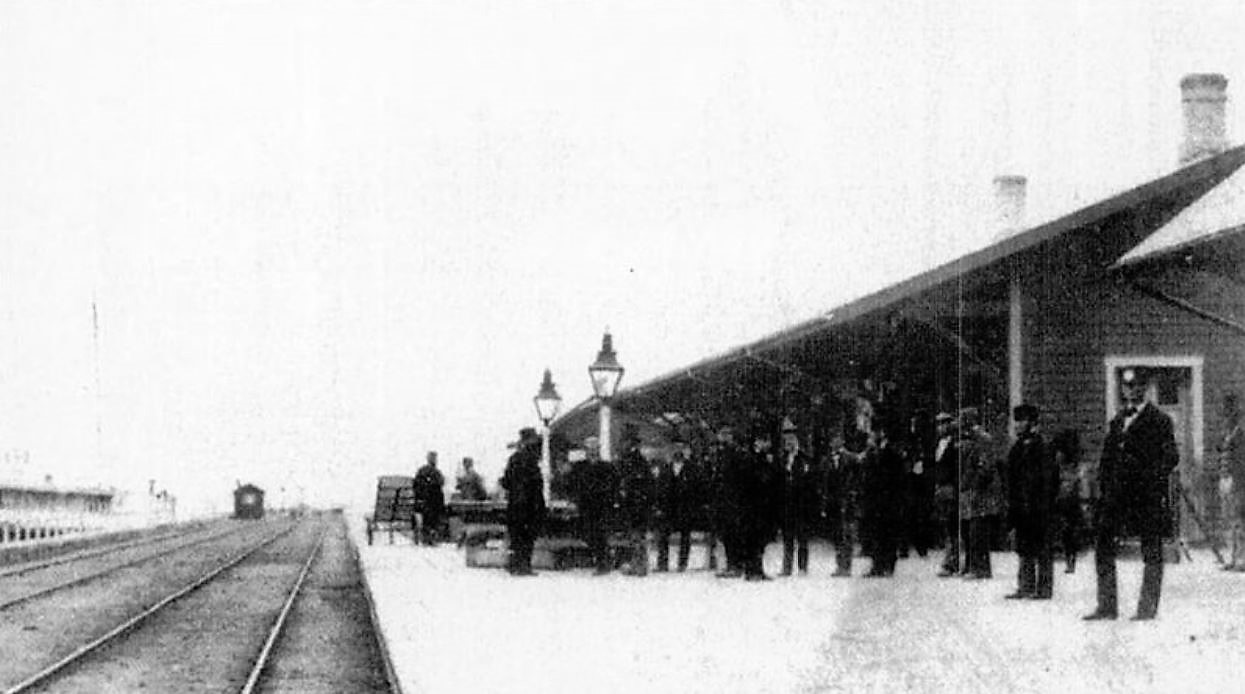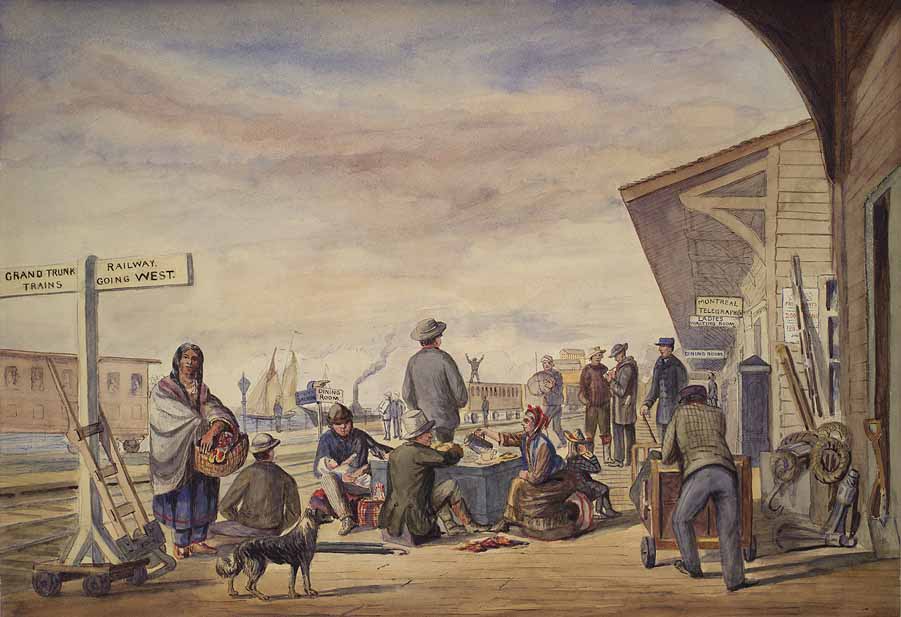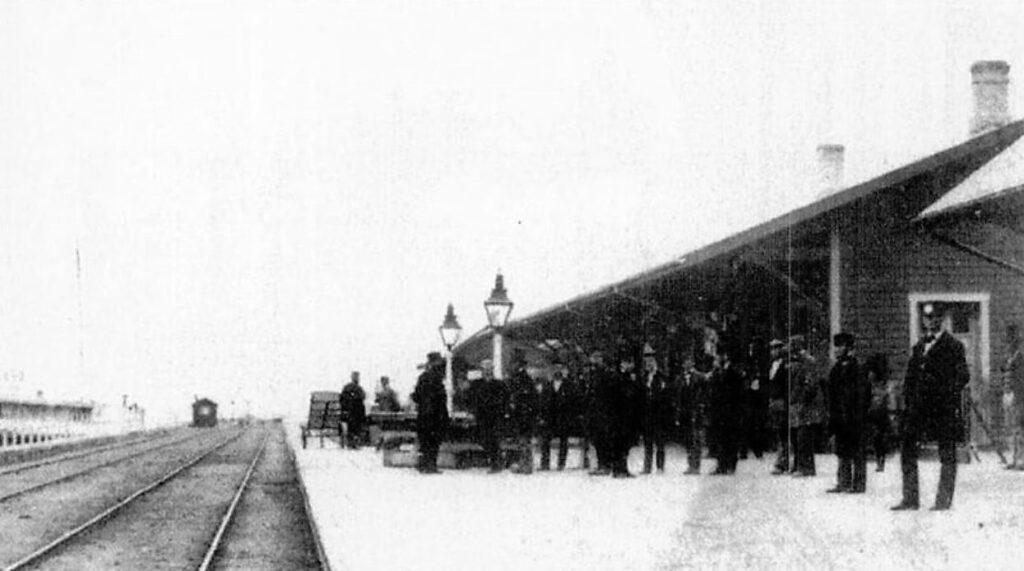Summary
Before Toronto’s first Union Station was built, three different railroad companies began serving the city at their own respective passenger terminals in different parts of Toronto. The Ontario, Simcoe & Huron Railway was first, establishing Toronto’s first passenger station at Bay Street in 1853. The Grand Trunk Railway followed two years later, completing their temporary passenger terminal at Queens Wharf in October 1855. The Great Western Railway was last to arrive in December 1855, opening their passenger facilities on the opposite side of Fort York from the Grand Trunk, where the Sir Isaac Brock Bridge is located today. The Grand Trunk Railway was simultaneously constructing their rail line from Montreal, which would enter the city from the east. They would open another temporary station in 1856 at the foot of Beachell Street, near the present-day intersection of Tannery Road and Mill Street. Passengers were ferried from one temporary station to the other by a horse-drawn omnibus service.
As all of this was happening, the City of Toronto was making an effort to construct an Esplanade to beautify the waterfront. Originally envisioned as a 100-foot-wide road on new fill in the Toronto harbour, the Grand Trunk pledged to underwrite part of its construction in exchange for 40 feet of space down the middle of the road to lay its tracks. The city accepted, and as the work progressed the Grand Trunk set up another temporary station at Bay Street in 1857, described as a “rude and temporary shed” by the Grand Trunk’s General Manager Walter Shanly. It was located immediately adjacent to the existing one belonging to the Ontario, Simcoe & Huron Railway. The Grand Trunk had originally planned a more extravagant permanent station building for Toronto, but the Panic of 1857 and the ensuing economic downturn prevented this from happening. Toronto’s first Union Station was opened at York Street and Front on June 21st, 1858. While only one photo is known to exist of the station, we have gathered from maps that it was made up of at least two or three separate buildings. In addition to the main station building was a freight house along with a restaurant or saloon. The first station master was one H. Bourbier.
Despite assurances from Shanly that the Union Station would “answer our purpose for several years to come”, the station quickly became inadequate as the broader financial situation improved. On May 15th, 1866, for a price of $20,000, the City of Toronto agreed to sell a plot of land to the Grand Trunk for the construction of a larger Union Station. The Great Western Railway would relocate to their own station further east the same year, though their trains continued to stop at Union Station for convenience. The Ontario, Simcoe & Huron, now rebranded as the Northern Railway of Canada, followed suit in 1867. The first Union Station was torn down in 1871 and replaced with a temporary structure which was used until the completion of Toronto’s second Union Station.
Condensed Station Info:
| Location: | Served By: | Current State: | Date Built: | Date Demolished: |
| Station Street | Grand Trunk (1858 – 1871) Great Western (1858 – 1871) Northern Railway of Canada (1858 – 1871) | Demolished | 1858 | 1871 |




